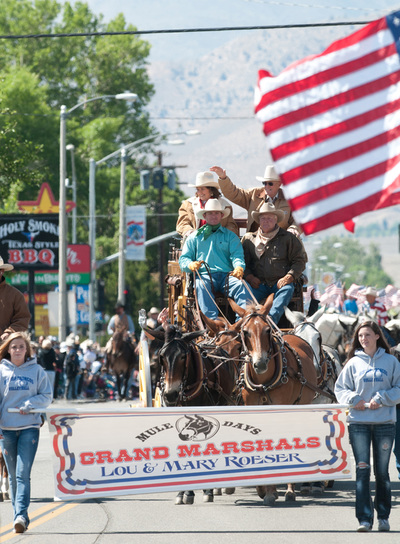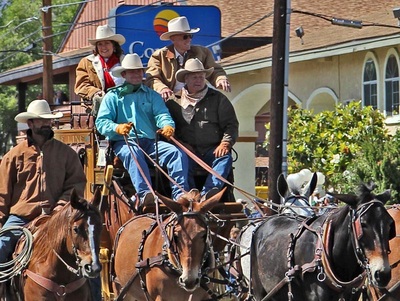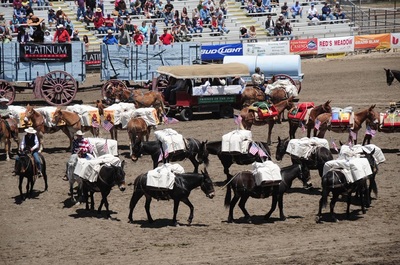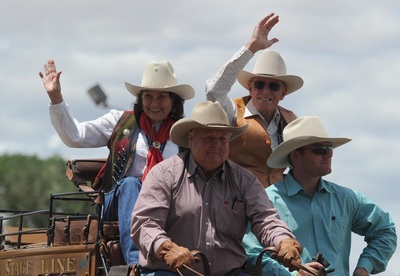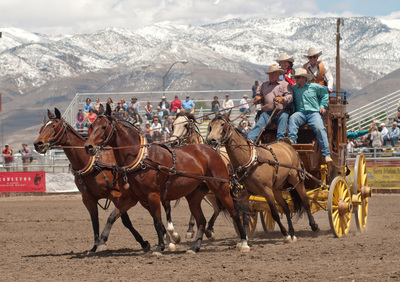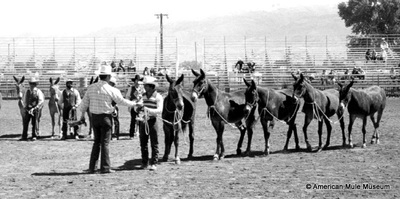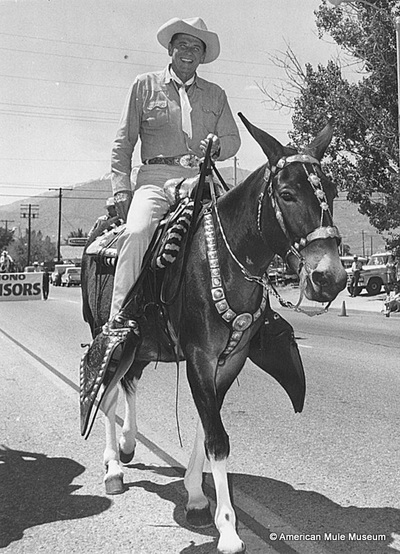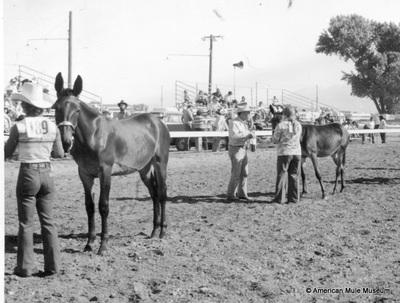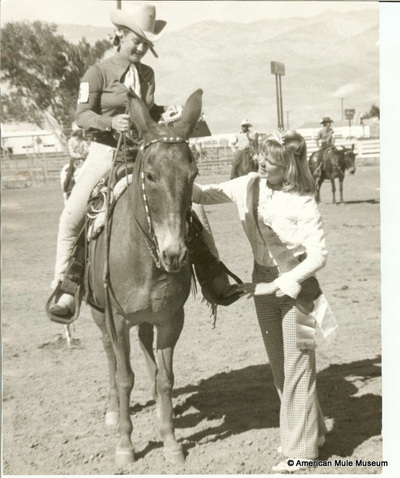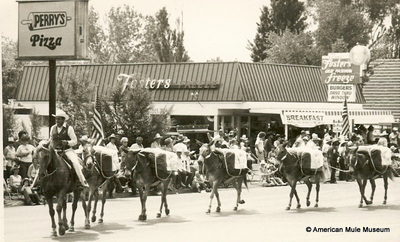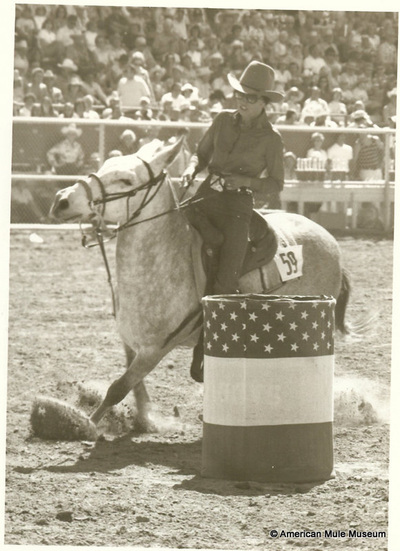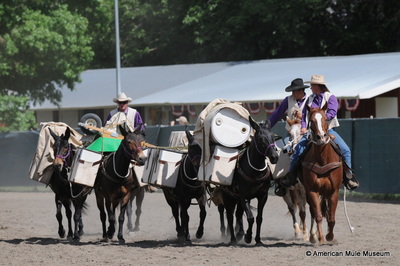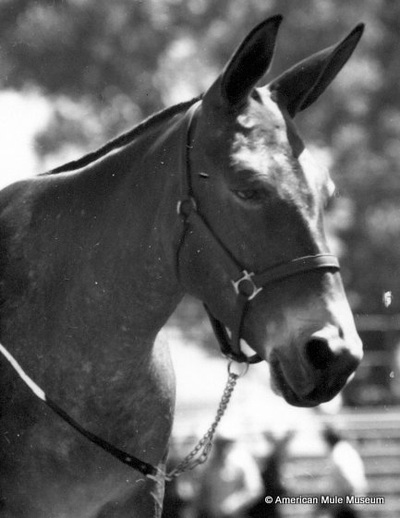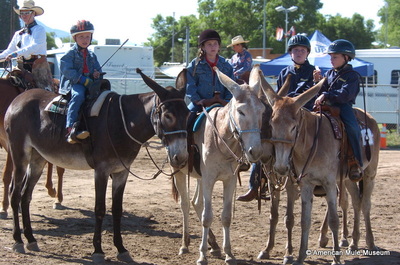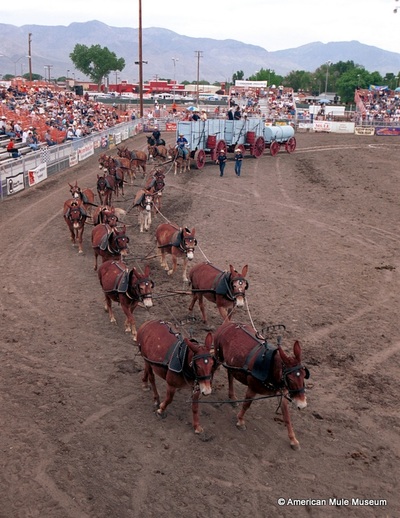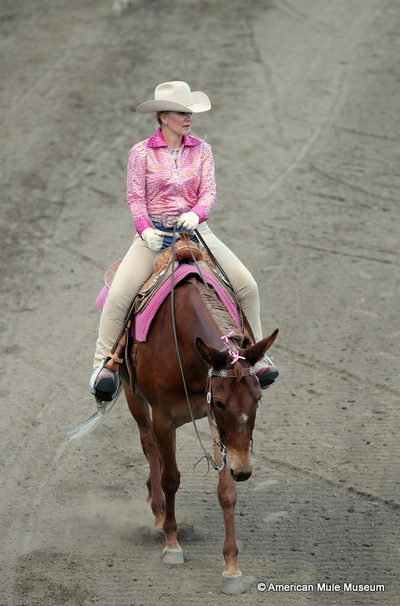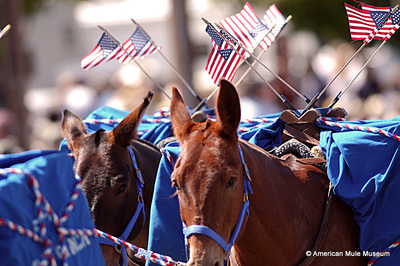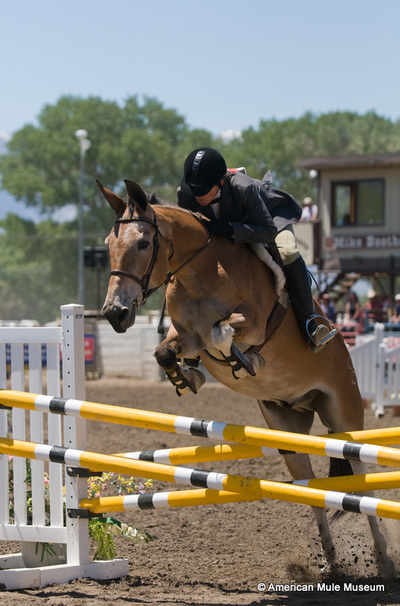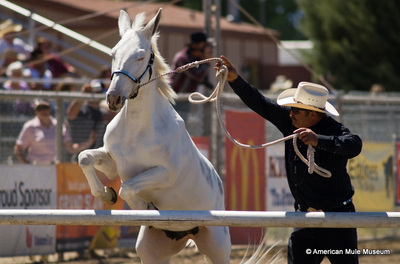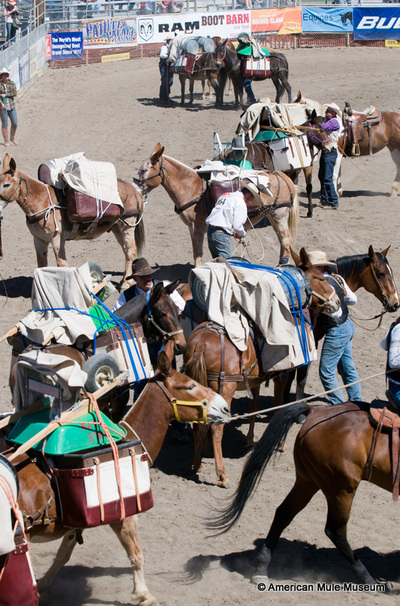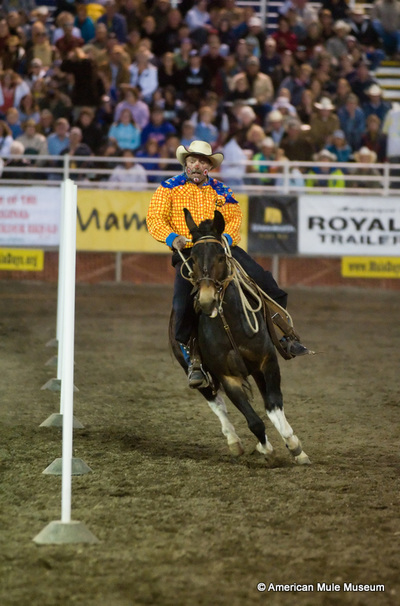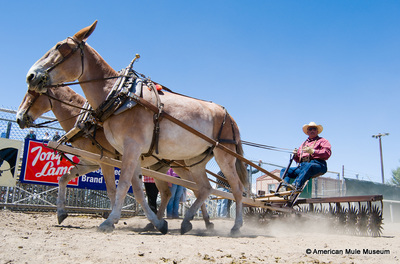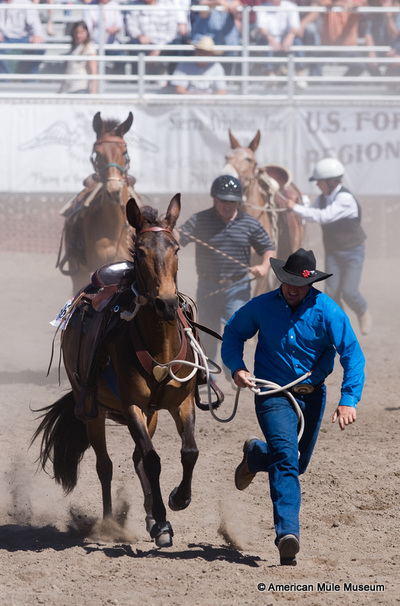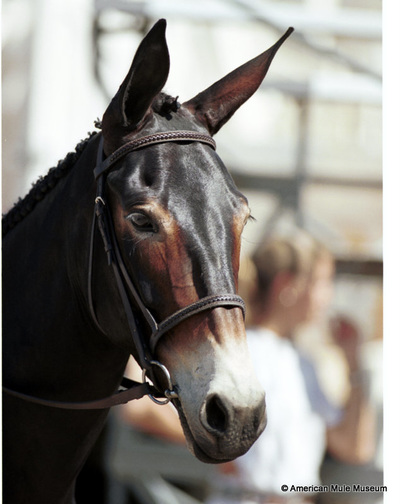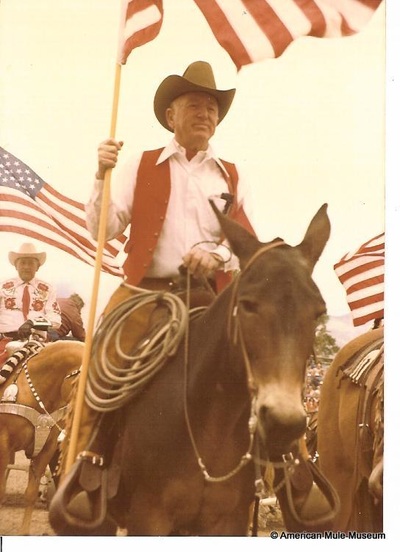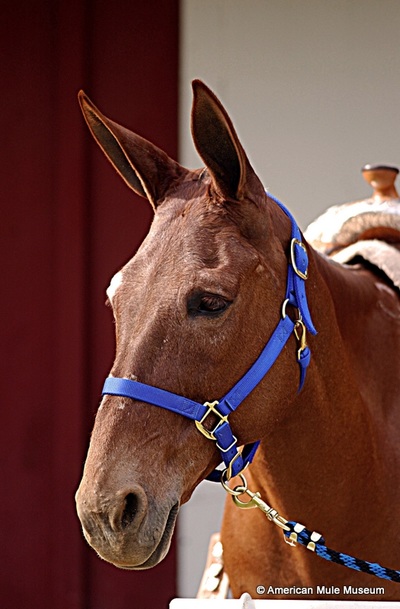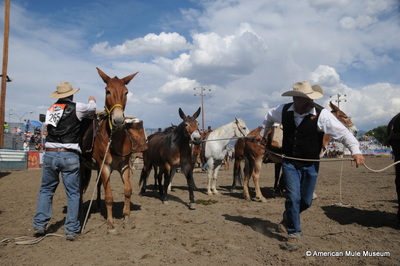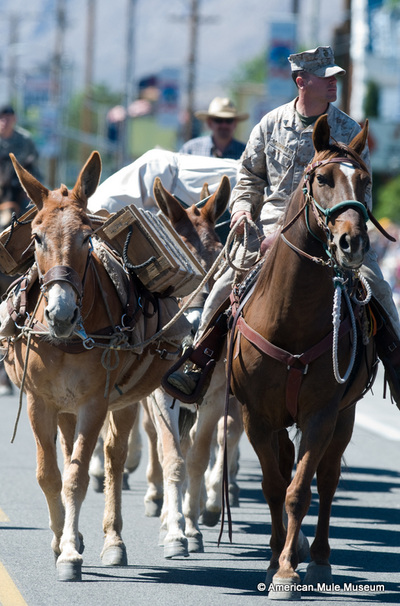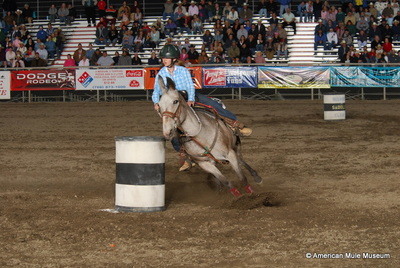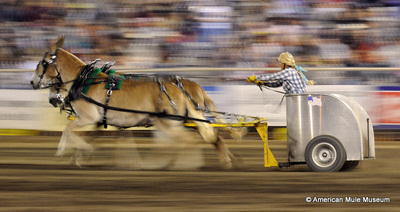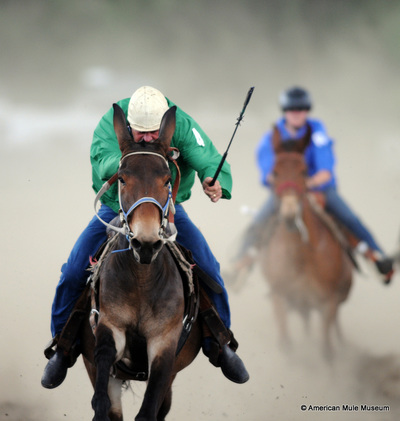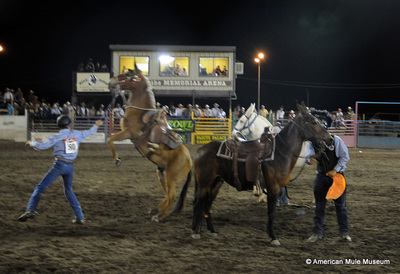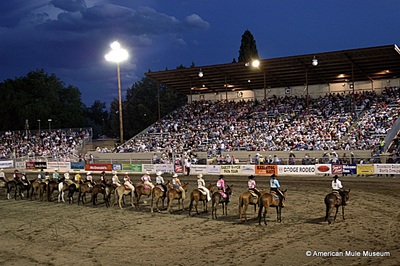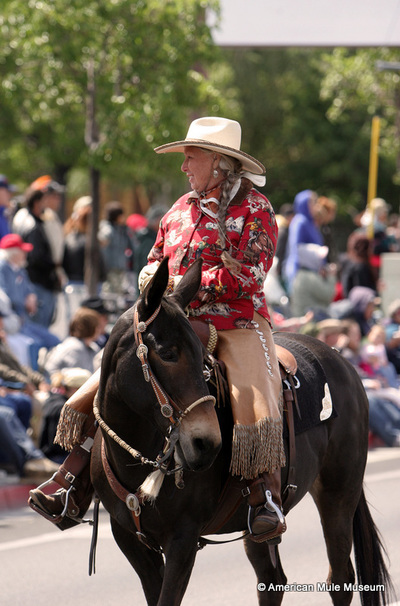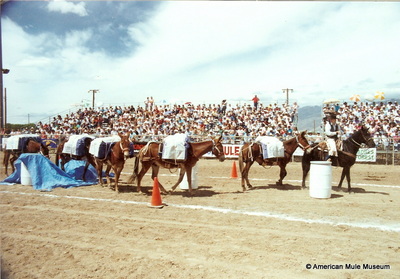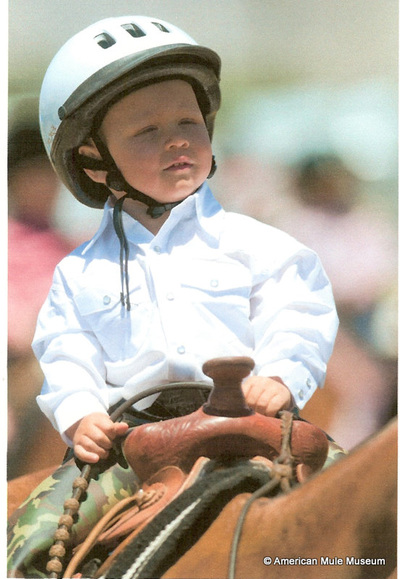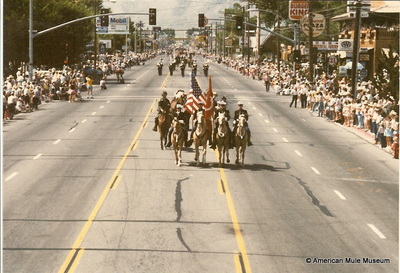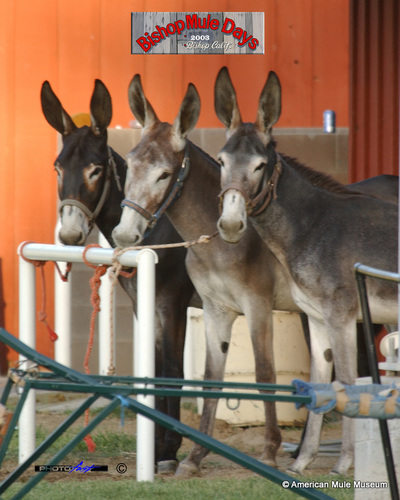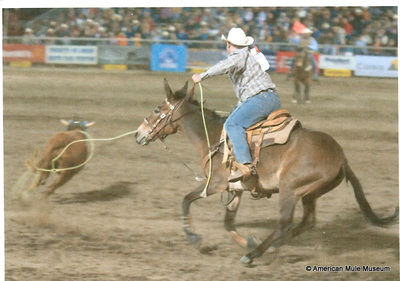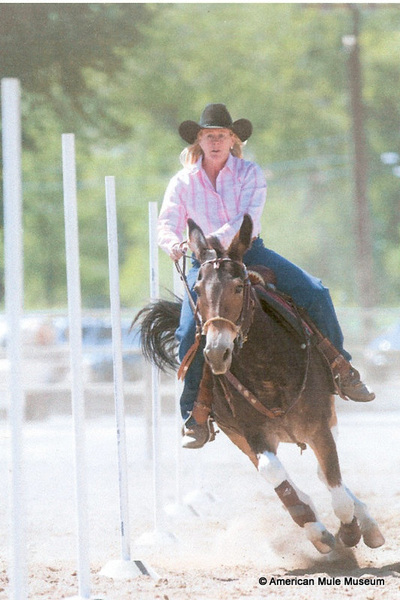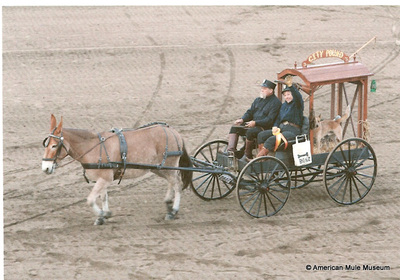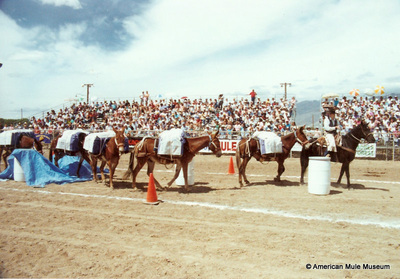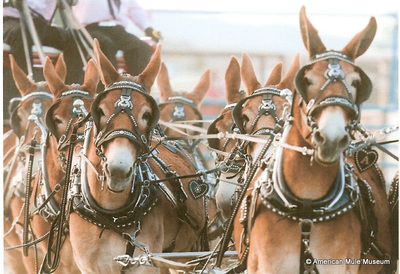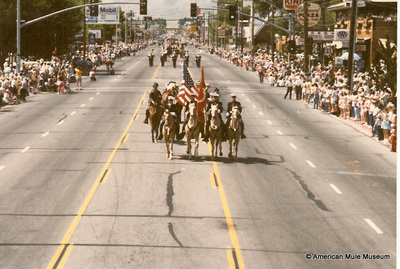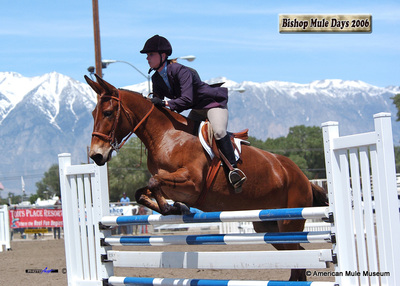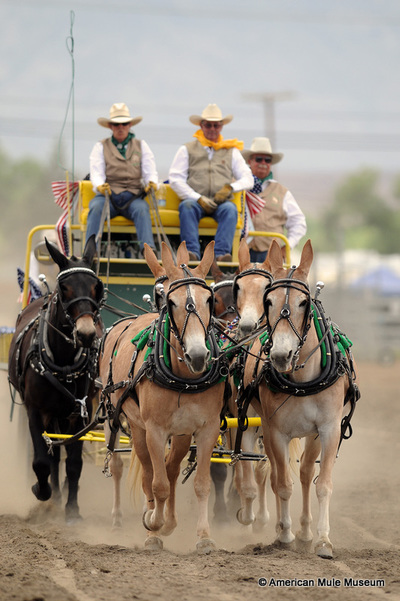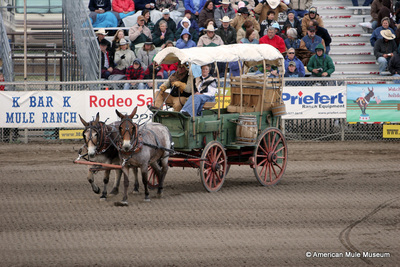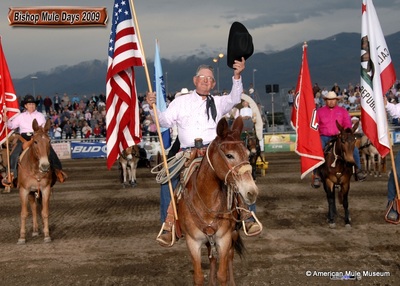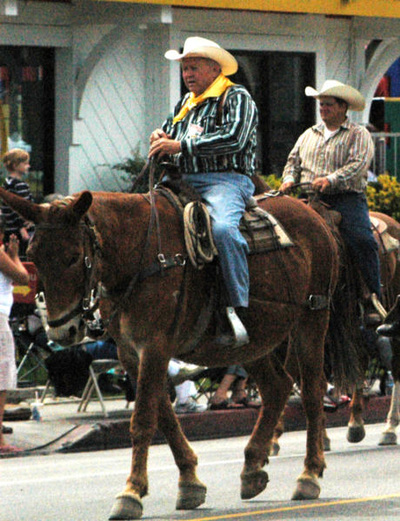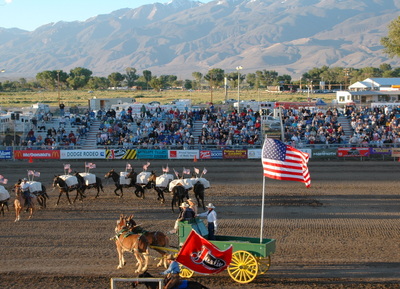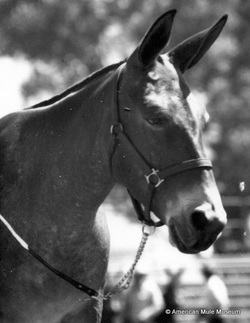
Every Memorial Day weekend since 1969, the town of Bishop, nestled on the eastern slope of the Sierra Nevada mountains, comes alive with the annual presentation of Mule Days. The outfitters and packers of the region wanted an event to start off the packing season and the businessmen wanted to draw vacationers to the Owens Valley. What began as an informal gathering and a test of skills, has grown into a fun filled, world class event.
How it Began
The year was 1969 and it was finally springtime. The towns of the Eastern Sierra were recovering from one the heaviest winters in recorded history. Pack station owners were wondering when the deep snow pack would melt and they could open for business packing visitors into the Sierra Nevada mountains. Local motels had few reservations. In the Owens Valley, there were no scheduled celebrations over Memorial Day weekend and the Bishop Chamber of Commerce was looking for an event to fill that time. A small dedicated group representing the Eastern Sierra packers, the town of Bishop, Forest Service and other interested persons began meeting to plan a new competitive event.
The proposal was a Saturday afternoon competition event at the Tri-County Fairgrounds in Bishop over Memorial Day Weekend called Mule Day. A parade through down town Bishop would be held in the morning and the event would showcase traditional pioneer packing skills and the versatility of the mule. The town of Bishop responded enthusiastically, packers from both east and west sides of the Sierra came to participate in the activities. It proved to be an exciting day and the consensus was to schedule Mule Day again next year.
Each following year, attendance and participation increased. A boost occurred in 1974, when then Governor Ronald Reagan accepted an invitation to be Grand Marshall of the Parade now claimed as the largest non-motorized parade in the country. The event has grown from a one day event called Mule Day to a six day world class Mule Days Celebration attracting visitors from around the world. The many types of competitions combine elements from packing competitions, rodeos and horseshows. Everything from diamond hitches, mule shoeing, packing scrambles, mule racing, trail and halter classes, jumping classes to the craziness of musical tires and bedroll races make for exciting shows. Awards and honors are presented at the parade and shows and points are awarded toward Grand Champions in various events. The success of the celebration relies on the dedicated volunteers who stage the show plus the growing popularity of the mule.
Honoring the Mule
Throughout the history of Mule Days, the focus has always been on the versatility of an unsung hero, the American mule. This amazing animal is the star of the show and now 30,000 visitors come annually to watch mules perform in a variety of events. Mule people are determined to prove that anything a good horse can do, a good mule can do better. From trail riding to show classes, mules can do it all with the grace unique to these animals. Steer roping and penning, an event normally reserved for quarter horses, is another highlight of Mule Days. Cowboys will have the opportunity to prove their roping and riding skills astride some of the best working mules in the United States.
In addition to competitive events, Mule Days has many other featured events to expand the experience. Country Music stars take the stage Thursday night, and on Saturday, spectators take to the streets of Bishop to watch the longest running non-motorized parade in the U.S. There’s also Barbecues, country dances and an arts and crafts show.
There is no way to actually describe Mule Days. It is part mule show, part test of skills, and part Wild West show. It is an event the likes of which are held no where else in the world. Over the five days of the event, there are 14 shows featuring over 700 mules with their trainers, riders and packers. In excess of 30,000 fans converge on the Tri-County Fairgrounds and the Mike Boothe Arena to watch the events and visit the exhibitors. The fourteen mule shows consist of: Western, youth, English, cattle working, gaited, coon jumping, racing, musical tires, gymkhana, packing, shoeing, chariot racing, team roping and driving. For most competitions, veteran announcers, Bob Tallman and Bob Feist, take the microphone to both educate and entertain crowds.
For more information go to http://www.muledays.org/
How it Began
The year was 1969 and it was finally springtime. The towns of the Eastern Sierra were recovering from one the heaviest winters in recorded history. Pack station owners were wondering when the deep snow pack would melt and they could open for business packing visitors into the Sierra Nevada mountains. Local motels had few reservations. In the Owens Valley, there were no scheduled celebrations over Memorial Day weekend and the Bishop Chamber of Commerce was looking for an event to fill that time. A small dedicated group representing the Eastern Sierra packers, the town of Bishop, Forest Service and other interested persons began meeting to plan a new competitive event.
The proposal was a Saturday afternoon competition event at the Tri-County Fairgrounds in Bishop over Memorial Day Weekend called Mule Day. A parade through down town Bishop would be held in the morning and the event would showcase traditional pioneer packing skills and the versatility of the mule. The town of Bishop responded enthusiastically, packers from both east and west sides of the Sierra came to participate in the activities. It proved to be an exciting day and the consensus was to schedule Mule Day again next year.
Each following year, attendance and participation increased. A boost occurred in 1974, when then Governor Ronald Reagan accepted an invitation to be Grand Marshall of the Parade now claimed as the largest non-motorized parade in the country. The event has grown from a one day event called Mule Day to a six day world class Mule Days Celebration attracting visitors from around the world. The many types of competitions combine elements from packing competitions, rodeos and horseshows. Everything from diamond hitches, mule shoeing, packing scrambles, mule racing, trail and halter classes, jumping classes to the craziness of musical tires and bedroll races make for exciting shows. Awards and honors are presented at the parade and shows and points are awarded toward Grand Champions in various events. The success of the celebration relies on the dedicated volunteers who stage the show plus the growing popularity of the mule.
Honoring the Mule
Throughout the history of Mule Days, the focus has always been on the versatility of an unsung hero, the American mule. This amazing animal is the star of the show and now 30,000 visitors come annually to watch mules perform in a variety of events. Mule people are determined to prove that anything a good horse can do, a good mule can do better. From trail riding to show classes, mules can do it all with the grace unique to these animals. Steer roping and penning, an event normally reserved for quarter horses, is another highlight of Mule Days. Cowboys will have the opportunity to prove their roping and riding skills astride some of the best working mules in the United States.
In addition to competitive events, Mule Days has many other featured events to expand the experience. Country Music stars take the stage Thursday night, and on Saturday, spectators take to the streets of Bishop to watch the longest running non-motorized parade in the U.S. There’s also Barbecues, country dances and an arts and crafts show.
There is no way to actually describe Mule Days. It is part mule show, part test of skills, and part Wild West show. It is an event the likes of which are held no where else in the world. Over the five days of the event, there are 14 shows featuring over 700 mules with their trainers, riders and packers. In excess of 30,000 fans converge on the Tri-County Fairgrounds and the Mike Boothe Arena to watch the events and visit the exhibitors. The fourteen mule shows consist of: Western, youth, English, cattle working, gaited, coon jumping, racing, musical tires, gymkhana, packing, shoeing, chariot racing, team roping and driving. For most competitions, veteran announcers, Bob Tallman and Bob Feist, take the microphone to both educate and entertain crowds.
For more information go to http://www.muledays.org/
Click on photos for larger views:
